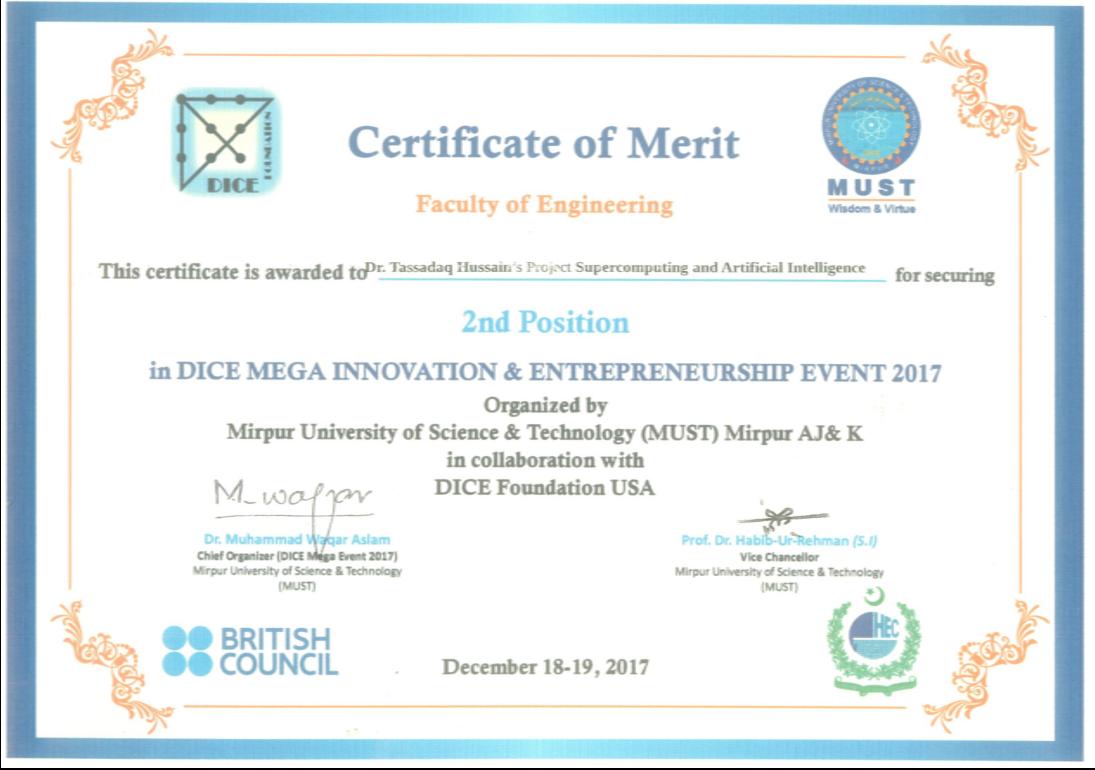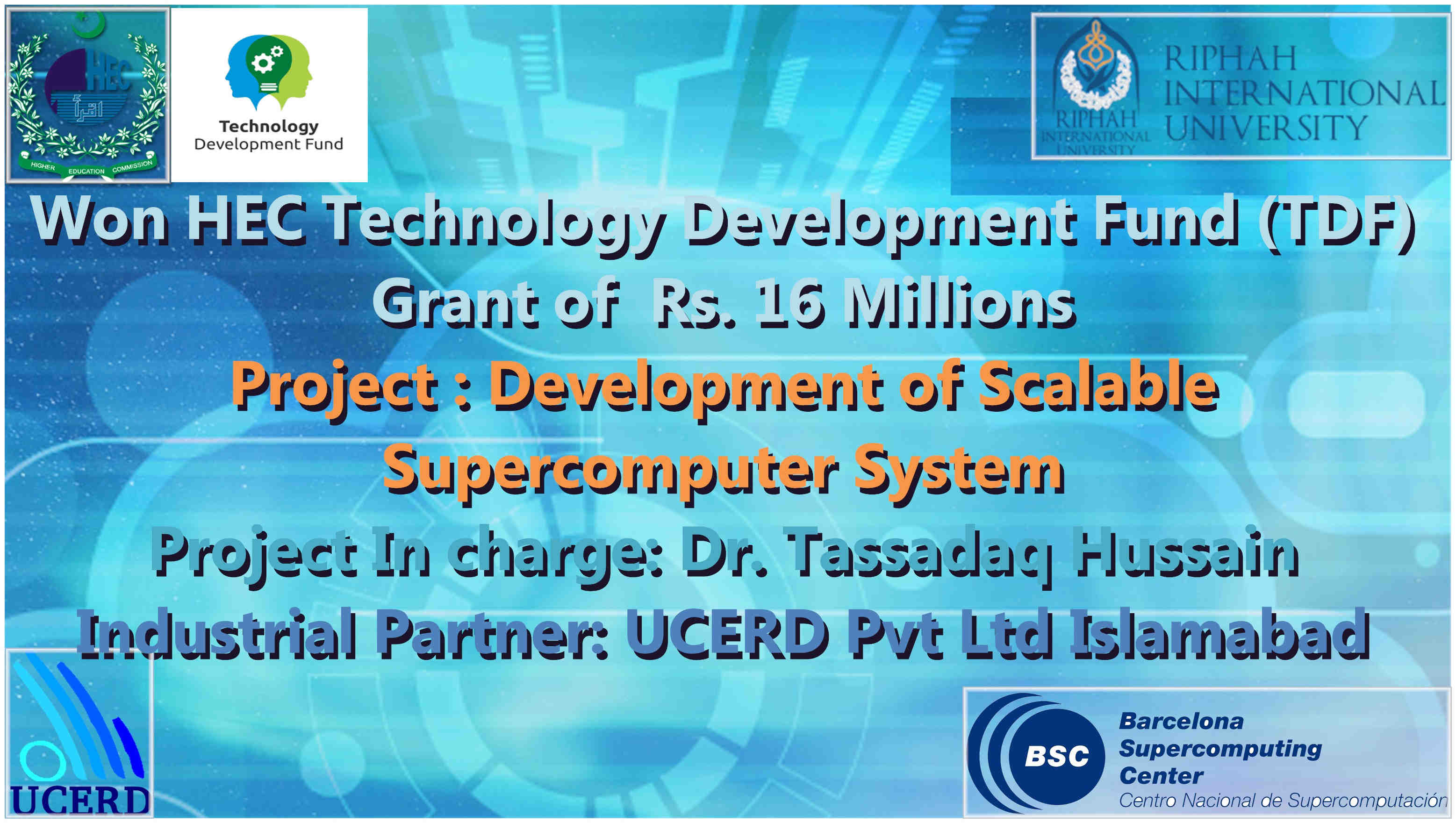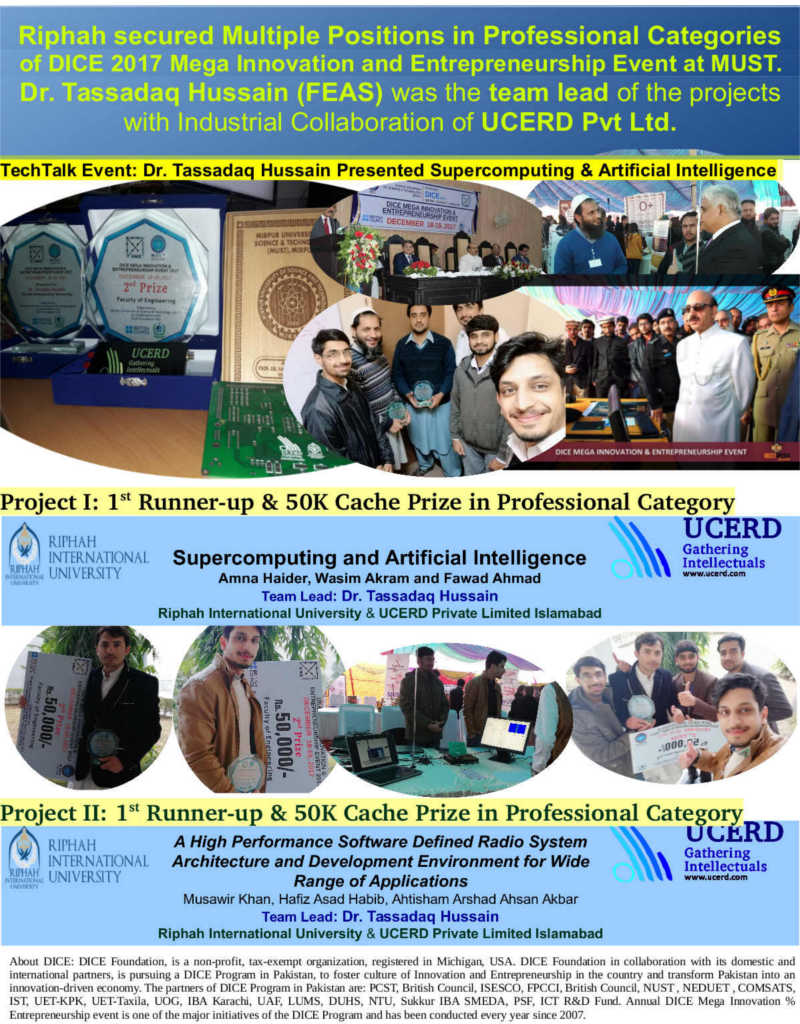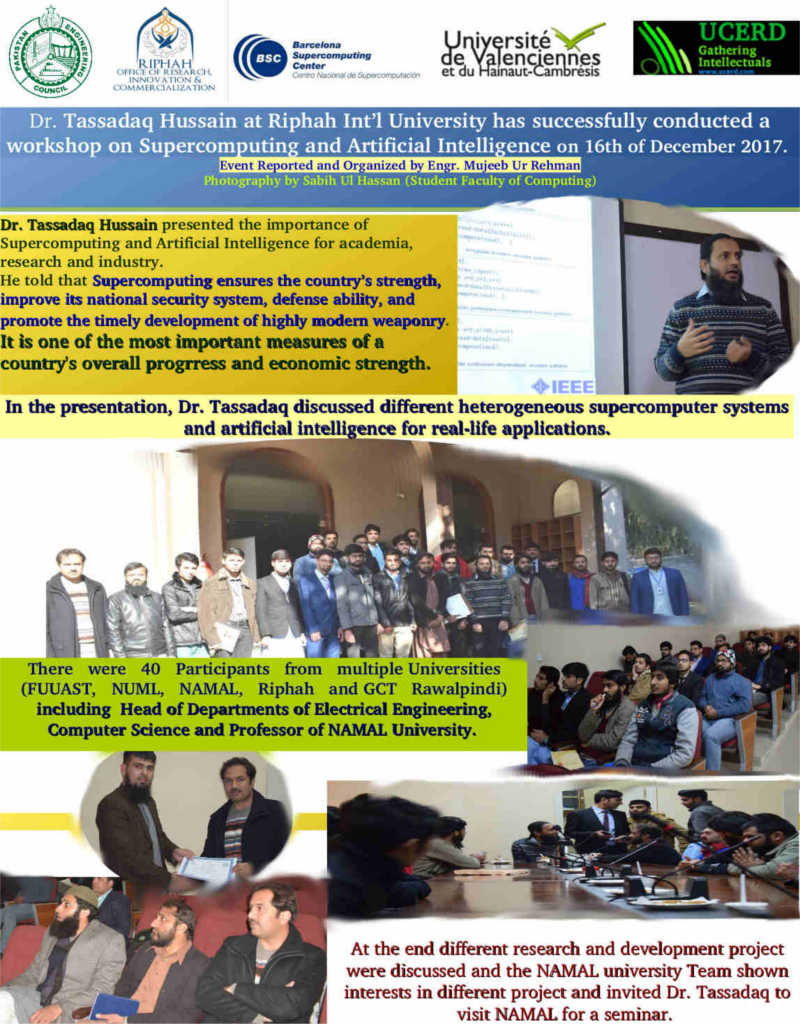Agriculture contributes 24% to Pakistan’s GDP, with key grain crops like wheat, rice, and maize making up over half of this output—worth around PKR 5.6 trillion annually. Despite this large share, grain testing methods have remained outdated, and until recently, there was no dedicated facility for analyzing grain quality. This gap limited progress in improving crop quality, efficient storage, and the country’s potential in global exports.
Problem
The absence of a centralized grain analysis system has led to post-harvest losses ranging from 15% to 20%, costing Pakistan between PKR 840 and 1,120 billion each year. These losses directly affect smallholder farmers—who make up 90% of the agricultural workforce—reducing their income by up to 30% due to poor grain handling and inconsistent quality.
Additionally, Pakistan’s grain exports account for just 2% of the global market. Without consistent standards and reliable analysis, the country faces barriers in scaling exports, supporting food security, and improving rural livelihoods—especially for the 40% of the population living in poverty.
Objectives
The Center for Grain Analysis (CGA) addresses these challenges through the following goals:
A fully operational, state-of-the-art facility serves as Pakistan’s central hub for grain research, testing, and training.
Standardized grain quality protocols are in place across five pilot regions, already reducing post-harvest losses by up to 10%.
Over 300 agricultural professionals receive training in modern grain analysis methods, with more than 90% successfully certified.
Grain analysis modules are now part of academic curricula in three universities, ensuring the long-term sustainability of skills development.
Approach
The CGA functions as a national hub for research, innovation, and training in grain analysis. Its mission focuses on:
Advancing Research: Developing and applying cutting-edge technologies for assessing grain quality and improving storage systems, aligned with international benchmarks.
Collaboration: Working closely with universities, industry experts, and policymakers to turn research into real-world solutions for farmers and grain suppliers.
Building Capacity: Providing hands-on training and technical guidance to farmers, lab technicians, and field professionals, promoting better practices nationwide.
Driving Innovation: Hosting advanced laboratory infrastructure and maintaining a central database that supports ongoing research, policy development, and informed decision-making.
Impact
The Center for Grain Analysis directly addresses critical challenges in Pakistan’s agricultural system. It improves grain quality, reduces losses, supports smallholder farmers, and helps the country compete in international markets. Through modern tools, standardized practices, and targeted training, the CGA strengthens food security and contributes to sustainable economic development.
Problem
The absence of a centralized grain analysis system has led to post-harvest losses ranging from 15% to 20%, costing Pakistan between PKR 840 and 1,120 billion each year. These losses directly affect smallholder farmers—who make up 90% of the agricultural workforce—reducing their income by up to 30% due to poor grain handling and inconsistent quality.
Additionally, Pakistan’s grain exports account for just 2% of the global market. Without consistent standards and reliable analysis, the country faces barriers in scaling exports, supporting food security, and improving rural livelihoods—especially for the 40% of the population living in poverty.
Objectives
The Center for Grain Analysis (CGA) addresses these challenges through the following goals:
A fully operational, state-of-the-art facility serves as Pakistan’s central hub for grain research, testing, and training.
Standardized grain quality protocols are in place across five pilot regions, already reducing post-harvest losses by up to 10%.
Over 300 agricultural professionals receive training in modern grain analysis methods, with more than 90% successfully certified.
Grain analysis modules are now part of academic curricula in three universities, ensuring the long-term sustainability of skills development.
Approach
The CGA functions as a national hub for research, innovation, and training in grain analysis. Its mission focuses on:
Advancing Research: Developing and applying cutting-edge technologies for assessing grain quality and improving storage systems, aligned with international benchmarks.
Collaboration: Working closely with universities, industry experts, and policymakers to turn research into real-world solutions for farmers and grain suppliers.
Building Capacity: Providing hands-on training and technical guidance to farmers, lab technicians, and field professionals, promoting better practices nationwide.
Driving Innovation: Hosting advanced laboratory infrastructure and maintaining a central database that supports ongoing research, policy development, and informed decision-making.
Impact
The Center for Grain Analysis directly addresses critical challenges in Pakistan’s agricultural system. It improves grain quality, reduces losses, supports smallholder farmers, and helps the country compete in international markets. Through modern tools, standardized practices, and targeted training, the CGA strengthens food security and contributes to sustainable economic development.
The Cloud Application online link
http://cloud.pakistansupercomputing.com:8503/
http://cloud.pakistansupercomputing.com:8503/
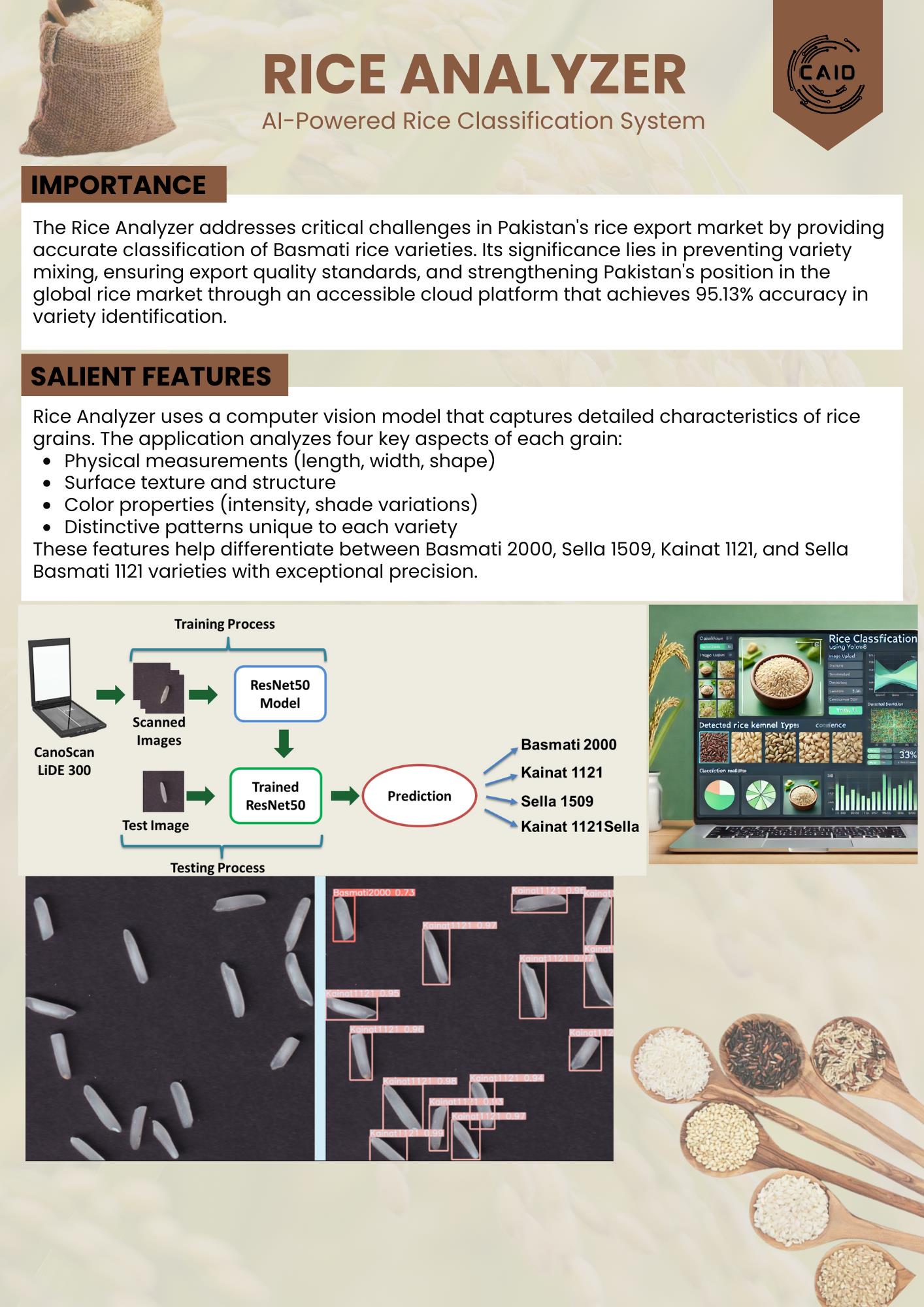
@inproceedings{hussain2025rice,
title={Rice analyzer: morphological and structural data engineering for deep learning-based rice classification application},
author={Hussain, Tassadaq and Younis, Kamran and Shafique, Usman and Haider, Amna},
booktitle={International Conference on Energy, Power, Environment, Control and Computing (ICEPECC 2025)},
volume={2025},
pages={534--541},
year={2025},
organization={IET}
}
title={Rice analyzer: morphological and structural data engineering for deep learning-based rice classification application},
author={Hussain, Tassadaq and Younis, Kamran and Shafique, Usman and Haider, Amna},
booktitle={International Conference on Energy, Power, Environment, Control and Computing (ICEPECC 2025)},
volume={2025},
pages={534--541},
year={2025},
organization={IET}
}

Smart Rice Analyzer: A Cloud-Based Solution
UCERD Rawalpindi
Supercomputing Center
UCERD Murree
